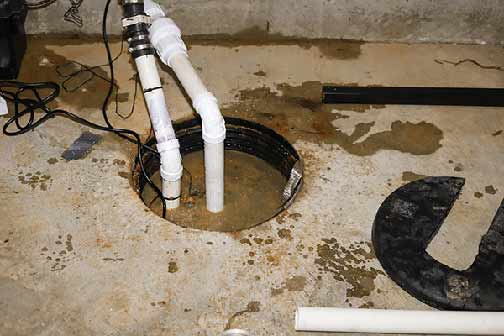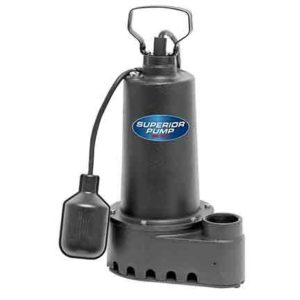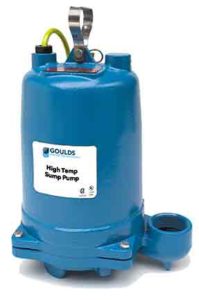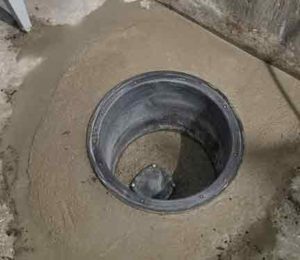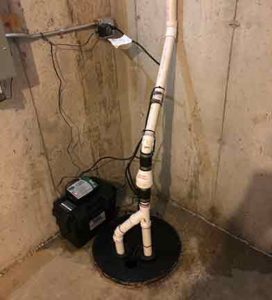
A sump pump is a vital piece of equipment in your home if runoff from rain or snowmelt sometimes finds its way into the basement or crawlspace. A sump pump protects your house by preventing flooding inside the basement. Sump pumps are also necessary if your home has drainage issues or a faulty foundation that lets water into the basement or crawlspace.
Sump pumps are designed to work without help from their owner. When it detects water, the pump automatically powers up and switches off when it has been pumped out. But because the sump pumps may sit idle for months – especially during the drier periods of the year – it is easy for your pump to malfunction without you knowing it, warns Real Property Group.
This is why it is essential to maintain your sump pump and have it in good condition before the rains begin or winter arrives. The last thing you want is for your basement or crawlspace to get flooded simply because your sump pump failed when you needed it most. What are the essential tips you need to maintain a sump pump? Read on to find the answer.
7 essential tips for maintaining your sump pump
Make sure you have a good basin
Because sump pumps handle dirty water, it is easy for them to get logged. Exposure to excessive dirt shortens the life of your sump pump. This is why you should only install a sump pump with a basin. Make sure the sump pump is housed in a suitable basin. The basin helps to keep mud, sludge, and debris out of the pump. This protects the pump, helps it last longer, and ensures good performance throughout its lifetime.
Install and maintain the check valve
A check valve keeps water from flowing backward in the outlet pipes, back into the basin, and onwards to the sump pump. Without a check valve, your sump pump will cycle continuously, working continuously without actually removing water from the basin. If you already have a check valve installed, you should inspect it every 3-4 months.
Battery backup system
It is common for the power to get cut off during thunderstorms or a flood. This is usually when you need your sump pump most. But with the power cut-off, you are denied the benefit of a sump pump even when you have one installed. A battery backup sump pump installation allows you to switch your sump pump from AC to DC and keep it running during a blackout.
Install an alarm system
Sump pump failures are often only detected when you need the sump pump and, it fails to work. You need a warning system to ensure the sump pump functions correctly and leaves you without a safeguard against basement flooding. There are different warning systems in the market, and they are helpful because they will alert you when your sump pump stops working.
Inspect and maintain the sump pump on a schedule
It is essential to maintain your sump pump at least twice every year. This usually means dismantling the pump components and cleaning them. Unless the sump pump has stopped working, you can do this yourself.
To clean the sump pump, disconnect the power, take the pump out of the basin, clean the exterior of the pump, along with the inlet screen and check the valve. If necessary, oil or grease the pump bearings before returning them to the pit and reconnecting the power.
Install a relief hole to prevent air locking
Air locking is familiar with bottom intake pumps. This is when air is trapped inside the pump, preventing water from going through it. An air-locked sump pump will not pump water out of the basin even when the motor runs.
A blockage causes air locking in the relief hole of the impeller casing; you can solve the problem by cleaning the spot. A permanent way to deal with this issue is to install a relief hole in the discharge piping above the impeller casing and below the check valve.
Test your sump pump periodically
As already stated, there is only one way to tell if your sump pump has stopped working once it fails to come on during a flood. You should test your sump pump often to ensure you aren’t in this unfortunate situation.
Testing a sump pump is easy. These are the steps; fill a five-gallon bucket with water and pour the water into the sump pit slowly. This should raise the float switch until the pump comes on. Listen for strange noises when the pump is running and wait to see if it goes off after emptying the pit. Even if an alarm system is installed, you must test your sump pump periodically.
They may not get much attention, but sump pumps do a lot to keep your home safe. They aren’t as expensive as a furnace or as frequently used as a fridge, but they’re still crucial to your home’s safety and comfort level when preventing water damage. Therefore, the sump pump needs to be checked as part of your standard house maintenance.
